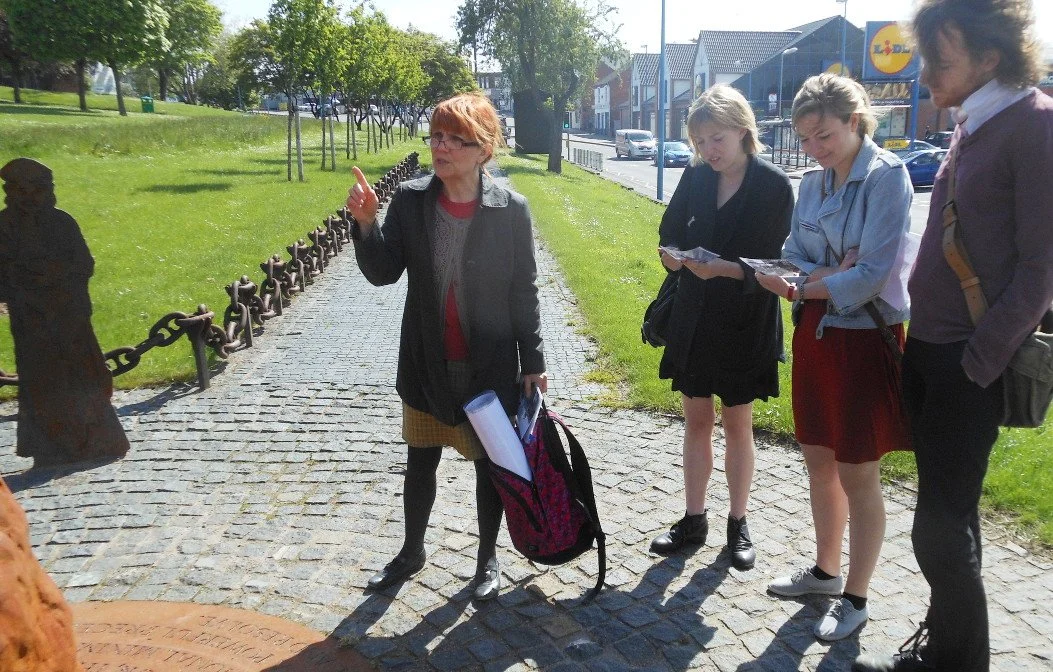Sabbath Day Out
‘Before Ozzy was one of the biggest rock stars in the world, he was a rather unsuccessful criminal. Rob shows us the shop he attempted to burgle (which was behind his own house), and the painful-looking measures people put in place to keep the likes of Ozzy off their property’.
Walk the High Street, Cradley Heath
The first thing you notice are the chains: they appear in design everywhere, like they once did in industry. A famous anchor, now at the bottom of the Atlantic, had its origins here.
Architectura Victoriana: The JH Chamberlain tours
Looking at Victorian Architecture can be like seeing evidence from an ancient civilisation, one far in advance of our own.
Bloye’s Zone
His style, once you start to recognise it, is uniquely his. Stylised, streamlined and slightly cartoon-like but with real depth, fluidity and rhythm. The ball of a thumb is carved as richly and as memorably as a face.
Living in a Material World
I like to introduce my guided walks with the observation that every square foot of our built environment is there deliberately. Someone has drawn, designed and created all of it (not the same person).
The Still Walking microfestival is here!
What do Black Sabbath, Moss and Cradley Heath have in common? Possibly nothing.
Moss Garden – reasearching the Wild Walls walk with BAF2013
It was moving to see Ellen discovering flora thriving amongst litter, dumped Metro newspapers and worse, among Birmingham’s various wastelands. A crop of poppies poetically grew up around someone’s dumped works.
Selly Oak: Discovering Traces.
A highlight of the tour was an intact ornate lamp outside a former wine cellar: “Selly Grove Ale Stores”, a wonderful Victorian survivor. I guessed the building opposite was the associated pub, with its distinctive corner door and cellar, but some of the older members of the group remembered it being a shop. The tour had become a knowledge exchange…OK I got that one wrong!
SW Weekend 2: Radial Truths
‘What is a Radial Truth?’ asks a Stirchley-based truth seeker.
Sold Out! The Myth
I met Kerrie Reading last year at the 2nd International Research Forum on Guided Tours in Plymouth. There was a great mix of academics, artists, historians and tour guides. If we ever do Still Talking: the conference of Blah Bah Blah I hope it will be as diverse as IRFGT 2.
In the Vale of the White Horse
Every other hill figure in the UK is modern by comparison, Uffington’s white horse is the oldest by a long chalk.
Turrets Syndrome – SW Walks to the Shops
If you pace a street enough times, it becomes yours—your patch. Ownership comes incrementally; when you devise short cuts to the bus stop, when you know if there is still time to get to the off licence, and when you can give directions to April Croft when someone asks.












